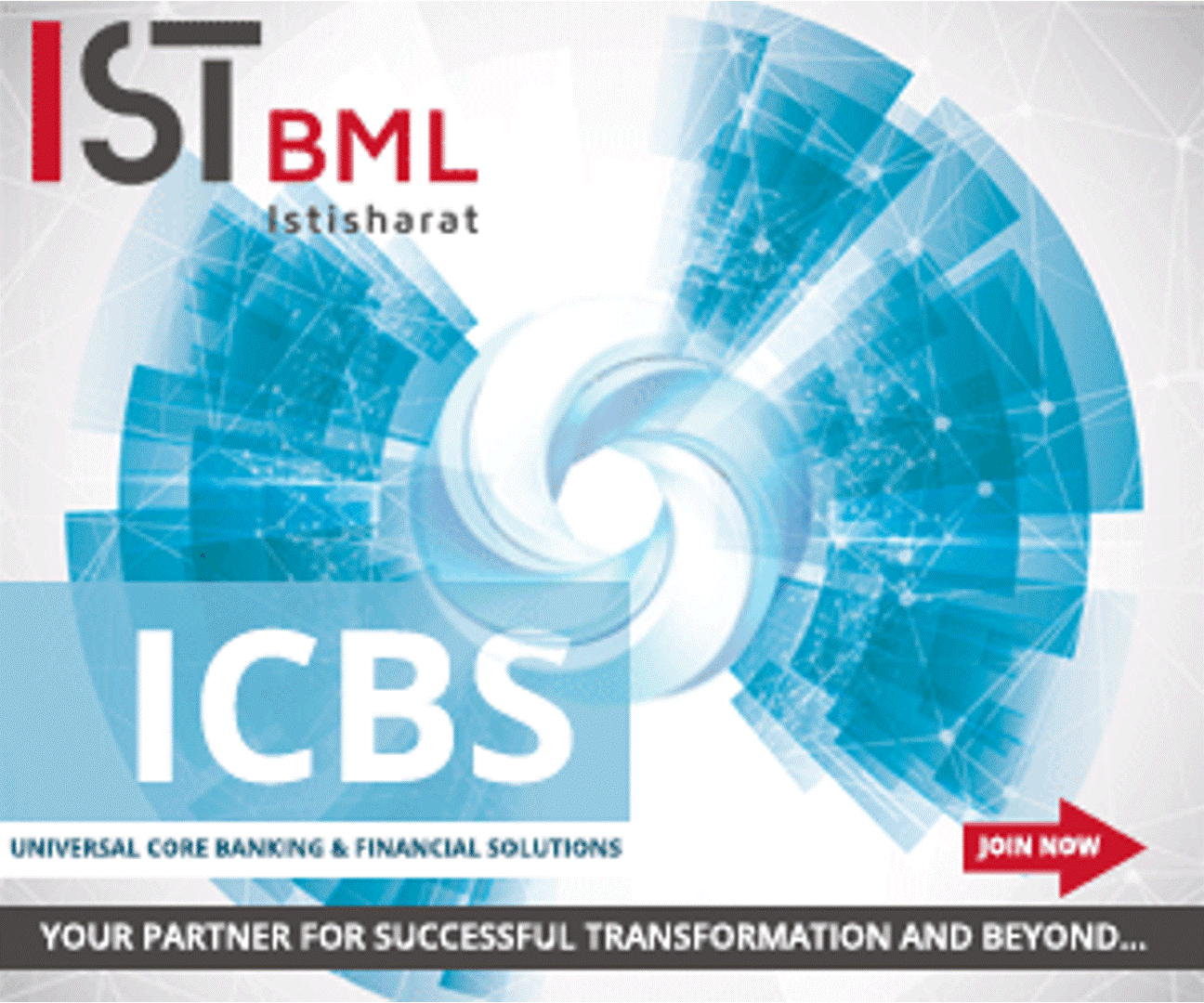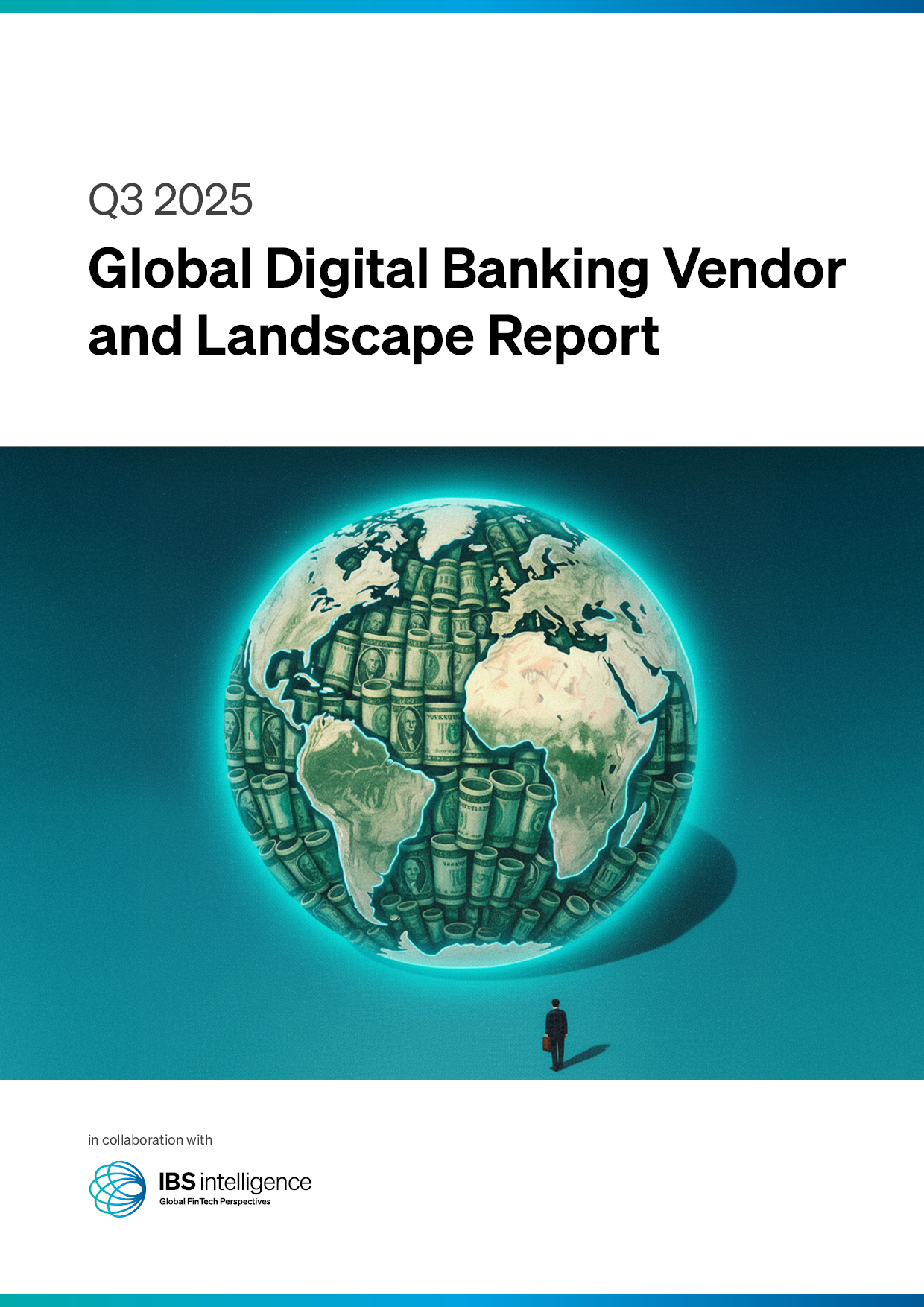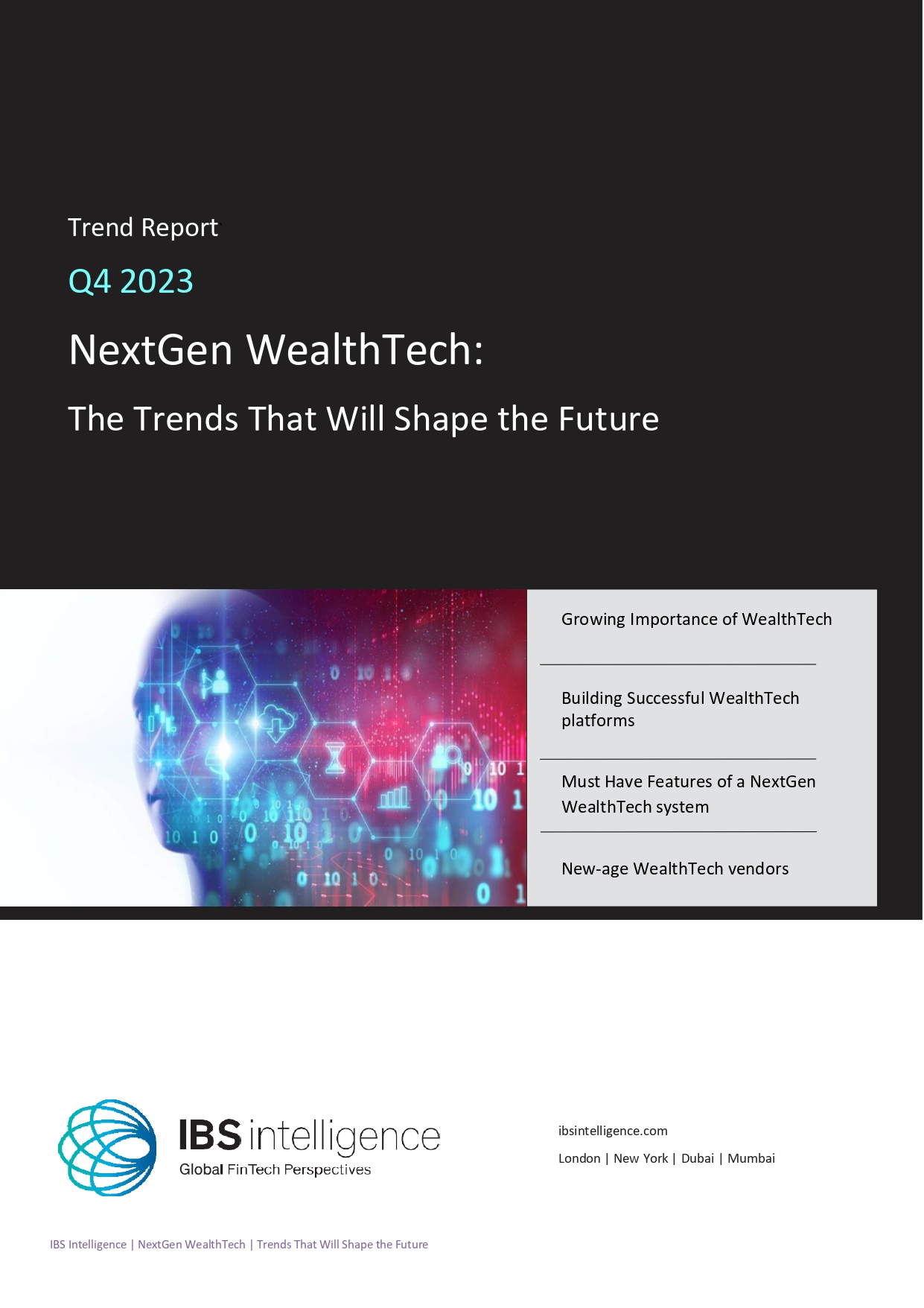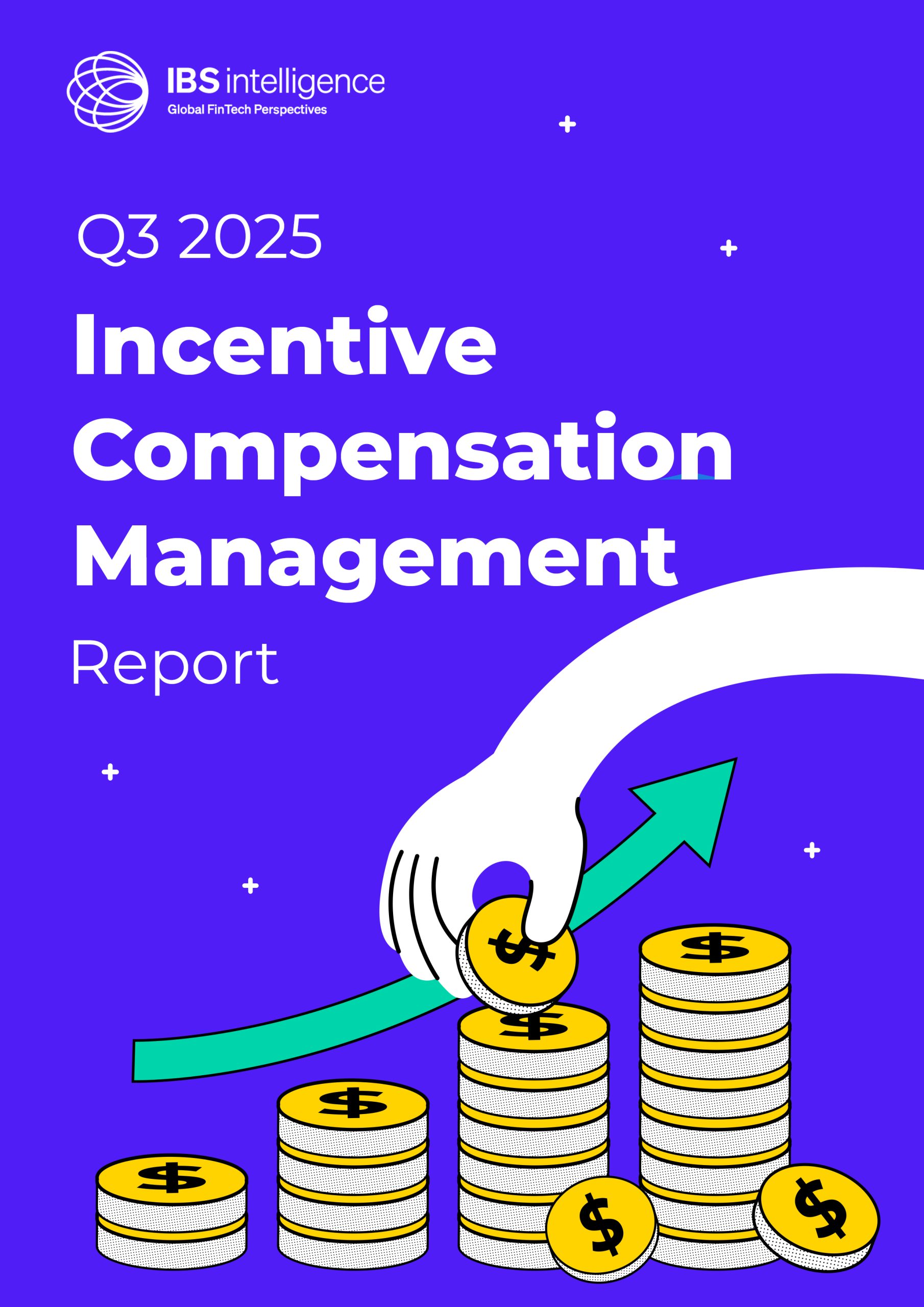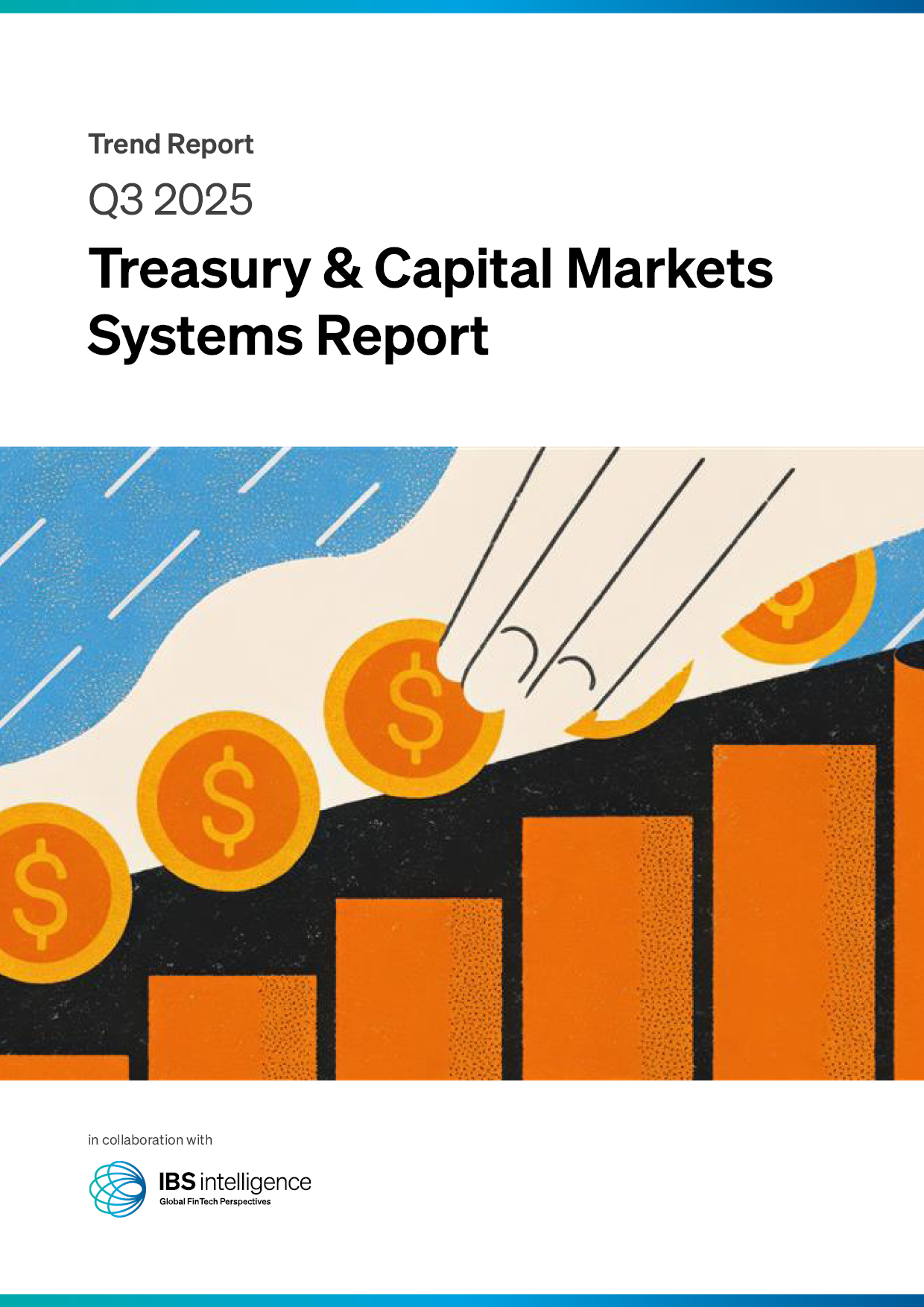 Back
Back
Early intervention in loan management can boost retention
By Vriti Gothi

Despite the rapid growth of credit in India, a large proportion of lenders continue to rely on recovery-driven systems that recoup only 15–30% of dues, missing opportunities to prevent defaults before they occur. Financial empowerment platform Zavo suggests that timely borrower engagement could prevent up to 85% of loan defaults, while saving costs, strengthening borrower relationships, and improving retention.
The platform’s analysis, which covered 2.2 lakh EMI payers across India, exposes a critical gap in the country’s loan management approach. Payment delays are often interpreted as deliberate defiance, while in reality, they frequently reflect temporary financial distress. According to Zavo, when structured support is offered, 90–95% of borrowers clear missed EMIs within 90 days, saving lenders nearly $36.42 per case and improving retention rates to 85%.
Kundan Shahi, Founder of Zavo, said, “We can continue treating defaults as moral failures to be punished, or start treating them as human crises to be prevented. By offering need-specific interventions from temporary restructuring during medical emergencies to cash-flow-aligned repayment plans institutions can preserve trust while protecting their own balance sheets.”
The analysis attributes 34% of defaults to survival-level crises, with medical emergencies (18%) and job or income loss (16%) emerging as the leading triggers. Drawing on Maslow’s hierarchy of needs, Zavo notes that when basic safety and survival are threatened, borrowers naturally prioritise essentials such as food, rent, and medicine over EMIs. Other contributing factors include poor financial planning, high interest costs, business setbacks, and family obligations, highlighting that the majority of defaults are temporary liquidity gaps, not intentional neglect.
The study also underscores a significant generational shift in repayment behavior. Older borrowers, who typically started with structured loans, often have more predictable repayment habits. In contrast, Gen-Z and first-time credit users increasingly begin their credit journeys with flexible products such as credit cards and digital lending platforms, which allow minimum-due payments and rollover options. These products have reshaped expectations around repayment, necessitating new credit frameworks that accommodate partial payments, flexible schedules, and pre-default rescue programs, without compromising repayment discipline.
Zavo further advocates for the adoption of behavioural monitoring systems capable of detecting distress signals before they escalate into defaults. Early warning indicators, including payment delays, partial payments, spikes in credit utilisation, or increased interactions with customer support, can inform pre-emptive engagement strategies. By proactively identifying and addressing financial stress, lenders can maintain trust and improve their bottom line.
The financial impact of early intervention is substantial. Zavo estimates that such measures can deliver a fourfold return on investment, turning what is often viewed as a cost center into a strategic advantage. Shahi concludes that this shift from punitive recovery to empathetic, supportive engagement is not only compassionate but commercially inevitable, reinforcing the idea that lenders who act proactively can simultaneously protect borrowers and strengthen their own balance sheets.
As India’s credit market continues to expand, the study by Zavo serves as a critical reminder that loan defaults are often preventable, provided lenders rethink traditional recovery-centric approaches and embrace proactive, human-centric interventions. For the country’s financial ecosystem, the message is clear: preventing defaults is as much about understanding human behaviour and financial realities as it is about enforcing repayments.
IBSi FinTech Journal
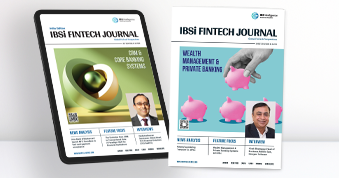
- Most trusted FinTech journal since 1991
- Digital monthly issue
- 60+ pages of research, analysis, interviews, opinions, and rankings
- Global coverage

